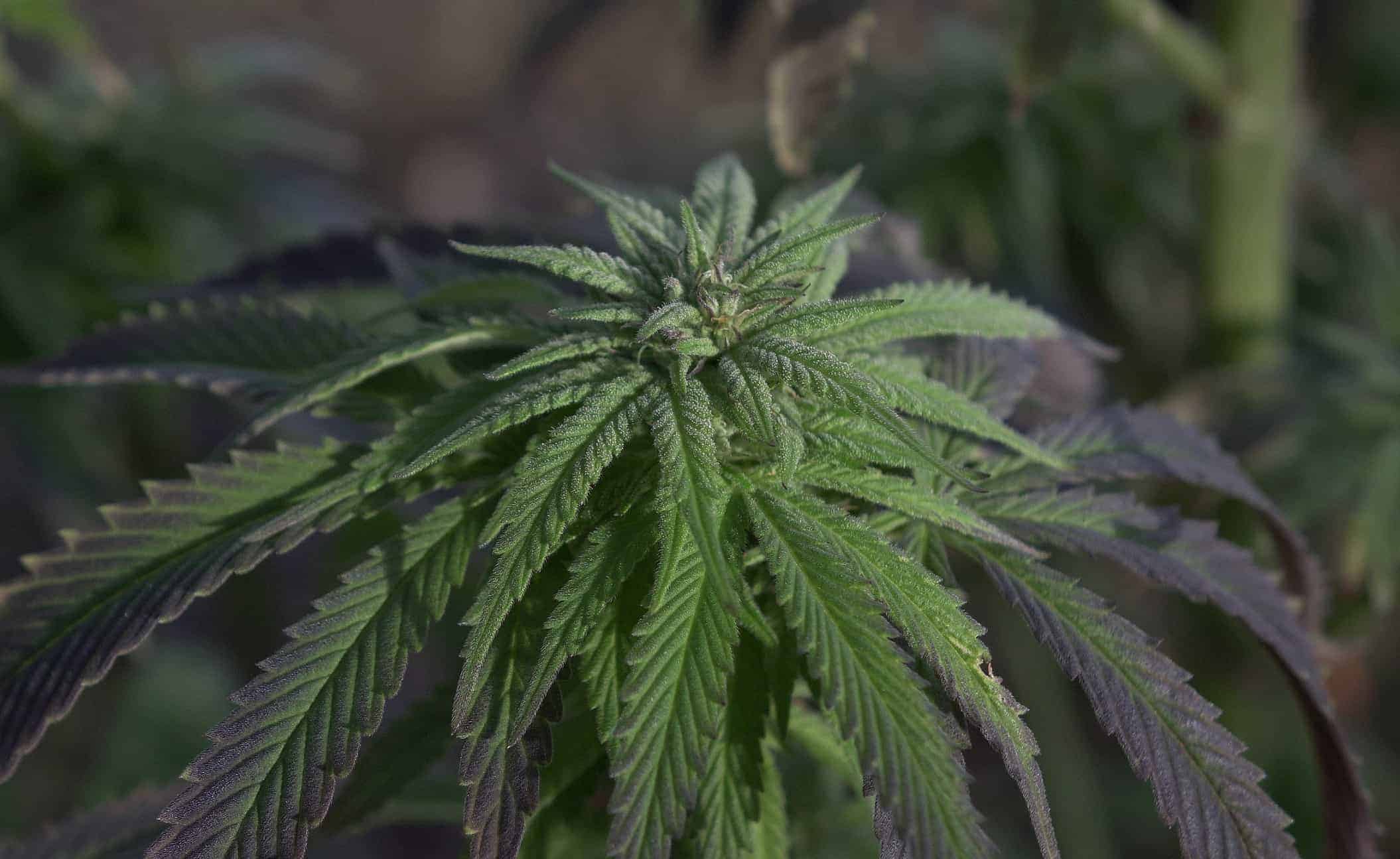Post-legalization marijuana earnings continue to trickle in as Canadian cannabis firms release their earnings reports for the periods covering post October 17 recreational sales. Two of the early quarterly financial reports to give the market a better glimpse into the adult-use market dynamics were from Aphria (TSX:APHA)(NYSE:APHA) and most recently Organigram Holdings (TSXV:OGI).
The two cannabis growers have somewhat directly comparable quarterly results as their most recent quarters ended on November 30, 2018, and cover perfectly identical accounting periods. Interestingly though, the companies have totally different grow platforms, as Aphria sells 100% greenhouse grown product, while all of Organigram’s product from an indoor facility.
The smaller cannabis firm Organigram released its fiscal Q1 2019 quarterly results on Monday, much to the joy of the market, as the stock rallied 19% and pulled up much of the industry stocks. Investors were evidently impressed with the company’s surprise adult-use market performance.
Impressive growth numbers
The company’s latest quarterly results instalment included the first six weeks of recreational marijuana sales as well as four weeks of pre-legalization shipments that commenced in September. Reported net revenue of $12.44 million was 287% higher than a previous quarter reading and reflected a 419% growth from comparable quarter in the previous year.
In comparison, Aphria’s top line, at a 63% sequential growth rate, didn’t perform to analyst expectations due to limited inventory and productive capacity constraints. However, the smaller player is growing from a tiny revenue base around $3 million quarterly, so there was much more room for improvement.
We may reasonably excuse the larger player on this front.
Industry-leading margin performance
Organigram’s gross margin before fair-value adjustments increased to a record 71% from 50% in a most recent quarter, as the company saw its average cost of production per gram hit record low levels. I was expecting margins to shrink across the entire industry, as marijuana producers sold more product at wholesale prices and excise taxes reduced net revenues. This company has just defied the norm.
The bigger players’ adjusted gross margins are shrinking significantly after recreational pot legalization. Aphria recently saw its adjusted gross margins decline to 47%, down from 64% in a most recent quarter before adult-use sales.
Most noteworthy, Organigram has just become operationally profitable, even without any fair-value adjustments for crops. It may take several quarters for other industry players to achieve this feat.
Record-low production costs
It seemed too early for any Canadian pot producer to report production costs close to the $0.50 mark, as the players are yet to realize significant production economies of scale, until Organigram broke a new record as its quarterly cultivation costs came in at $0.56 a gram and “all-in costs” per gram reached $0.74 per gram during the quarter.
Although these cost measures aren’t standardized across the industry yet, the smaller grower is arguably the lowest-cost producer in Canada today — a position that Aphria once occupied a few quarters ago.
Marvelous inventory jump
Improvements in productive capacity and continued yield optimization saw the smaller challenger double its inventory position to over $91 million during the quarter. In contrast, Aphria’s inventory and biological assets position was flatter and relatively weaker on a sequential quarterly basis.
Actually, the bigger competition had less than half the smaller player’s inventory position on November 30.
Inventory capacity plays a critical role in today’s severely underserved recreational marijuana market and the smaller player could potentially threaten to surpass its bigger counterpart on revenue performance over the next two quarters if Health Canada continues to delay facility licensing.
Investor takeaway
It’s possible that the recent outperformance by the underdog may be temporary, as the bigger competitor has the whims and firepower to reclaim its leading position on the margins and cost-management front.
Organigram may record increases in cost of sales and declining gross margins as it outsources cannabis oil extraction services from third parties in the near future due to internal capacity constraints, yet Aphria could commission its low-cost Extraction Centre of Excellence by May this year.
Production costs could significantly come down after full licensing at Aphria One, but wholesale product procurement from joint venture Aphria Diamond could result in increased cost of sales and shrinking margins. I’m therefore not very confident that Aphria could hit production costs a slow as $0.56 per gram any faster.
Interestingly, the smaller competitor seems better placed to meet client demand from inventory than Aphria right now, and it expects to sequentially double its revenue to about $25 million by the end of February.
The fight for market share and race to industry profitability will be an interesting one to follow.








